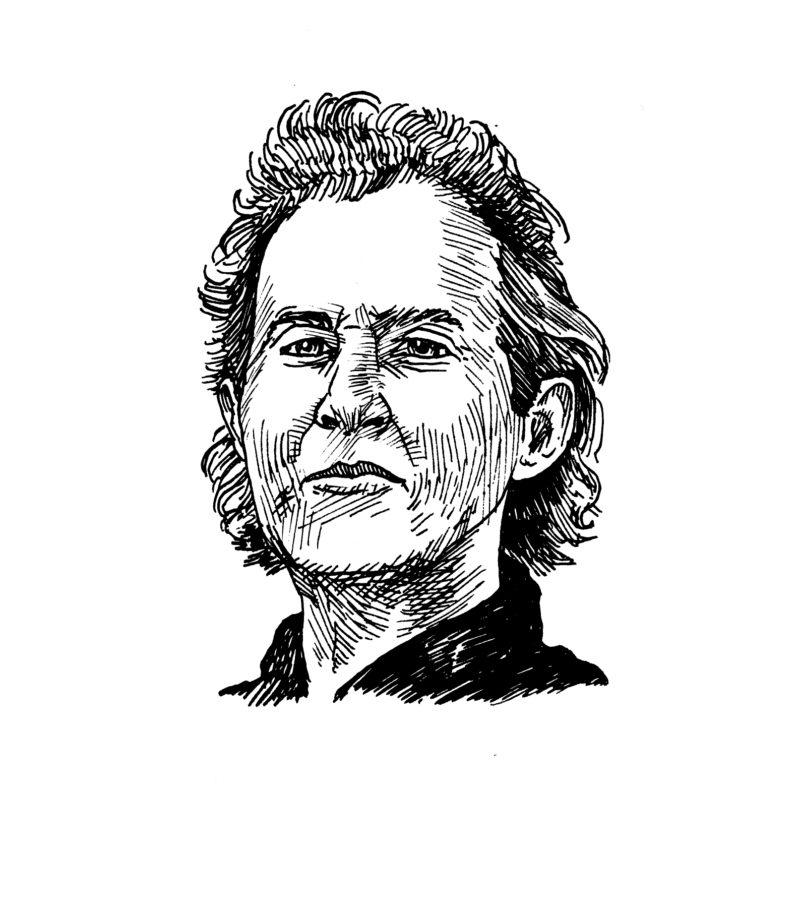Before committing to an interview, Temple Grandin asked that I give her a call. She wanted to hear the tone of my voice. Like many people with autism, Grandin finds vocal tone easier to understand than, say, the content of an email, which can be emotionally ambiguous and easily misinterpreted.
Grandin’s own vocal tone is singular—brash and commanding, with a rounded, charming drawl that hints at a childhood spent in Boston. She didn’t speak until her fourth birthday. She is now seventy-one and speaks for a living—lecturing and teaching—and talking with her can be a bracing and refreshingly honest experience. When we spoke, her first comment to me—even before a how-are-you greeting—was about my outgoing voicemail message, which she found off-putting and confusing. She had just boarded a plane, and she then spent ten minutes describing the (surprisingly comfortable) process of passing through airport security.
You have reached your article limit
Sign up for a digital subscription and continue reading all new issues, plus our entire archives, for just $1.50/month.
Already a subscriber? Sign in





